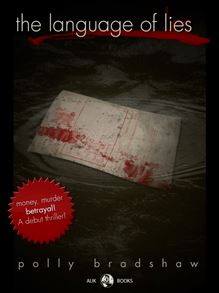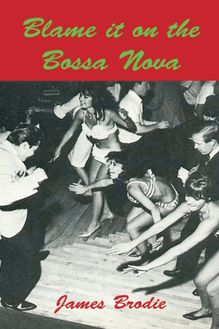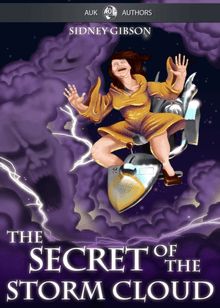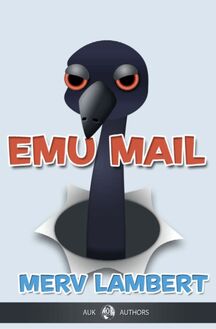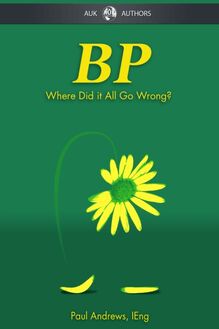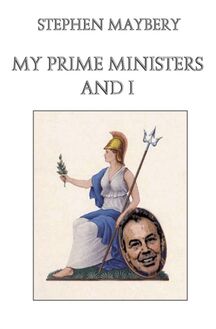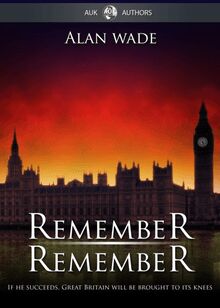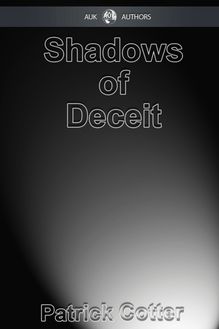-
 Univers
Univers
-
 Ebooks
Ebooks
-
 Livres audio
Livres audio
-
 Presse
Presse
-
 Podcasts
Podcasts
-
 BD
BD
-
 Documents
Documents
-
- Cours
- Révisions
- Ressources pédagogiques
- Sciences de l’éducation
- Manuels scolaires
- Langues
- Travaux de classe
- Annales de BEP
- Etudes supérieures
- Maternelle et primaire
- Fiches de lecture
- Orientation scolaire
- Méthodologie
- Corrigés de devoir
- Annales d’examens et concours
- Annales du bac
- Annales du brevet
- Rapports de stage
La lecture à portée de main
Vous pourrez modifier la taille du texte de cet ouvrage
Découvre YouScribe en t'inscrivant gratuitement
Je m'inscrisDécouvre YouScribe en t'inscrivant gratuitement
Je m'inscrisEn savoir plus
Vous pourrez modifier la taille du texte de cet ouvrage
En savoir plus

Description
Sujets
Informations
| Publié par | Andrews UK |
| Date de parution | 05 juillet 2010 |
| Nombre de lectures | 0 |
| EAN13 | 9781849891509 |
| Langue | English |
Informations légales : prix de location à la page 0,0074€. Cette information est donnée uniquement à titre indicatif conformément à la législation en vigueur.
Extrait
Title Page
BP
Where did it all go wrong?
Paul Andrews
Publisher Information
BP - Where Did It All Go Wrong? published in 2010 by
Andrews UK Limited
www.andrewsuk.com
This book is sold subject to the condition that it shall not, by way of trade or otherwise, be lent, resold, hired out or otherwise circulated without the publisher’s prior written consent in any form of binding or cover other than that in which it is published, and without a similar condition being imposed on the subsequent purchaser.
Copyright © Paul Andrews
The right of Paul Andrews to be identified as author of this book has been asserted in accordance with section 77 and 78 of the Copyrights Designs and Patents Act 1988.
Disclaimer
The quotes and facts from this book were drawn from public domain sources, actual facts and figures quoted on published material by BP itself, and from various documentary sources also within the public domain / transmission.
Acknowledgements
Thanks to my family, and anyone who has placed their trust in me in the past ten years.
Introduction
BP is one of the UK’s biggest companies and a world leader in energy production. They provide customers with fuel for heat, light, transport, petrochemical production and much more.
What do we know about the company; what do we know about the current environmental crisis caused by the Gulf of Mexico Oil Spill, and where exactly did it all go wrong for BP ??
We will look at the history of how the company was formed, its expansion and global success, but also its track record on safety and environmental issues. We will present these as facts, as drawn from the public domain records and also BP’s own published figures and information.
We will not go into any great depth on any one issue, rather we will look at the overview and see if it is any more than what most other multi-national companies, or it is any different.
So where did it all go wrong for BP...???
As with any professional analysis, we should start at the beginning…
Chapter 1
The history, the facts and the figures
BP started its life as a company called the Anglo-Persian Oil Company (APOC), which came about after William Knox D’Arcy was granted a concession by the Shah of Iran to search for oil in May 1901.
In May 1908 he actually discovered oil, which was the first significant oil discovery in the Middle East region. In April 1909 APOC was officially incorporated as a subsidiary of the Burmah Oil Company.
1935 saw the company change into the Anglo-Iranian Oil Company (AIOC). It remained this until after the Second World War. AIOC and the Iranian government tried to resist the pressure to change the concession terms further against the company.
Various ministers and prime minsters changed within the government - as well as assassinations - until at last the oil industry was nationalised. The British Government which owned AIOC contested this nationalisation, even going so far as taking it to the international court in The Hague, but the case was dismissed.
In spring 1953, President Eisenhower authorised the CIA to organise a coup to remove the Mossadeq government, planned with support from the British Government. This plan became know as ‘Operation Ajax’, and in August 1953 Mossadeq was forced from office by the CIA conspiracy.
Mossadeq was replaced by pro-western leader Fazlollah Zahedi, with the Shah also abolishing the democratic constitution, and taking power again. After the coup, Mossadeq’s National Iranian Oil Company became an international consortium, and AIOC again started operations as part of the consortium.
In 1954 the AIOC finally became the British Petroleum Company. In 1959 the company moved its horizons and operations out of just the Middle East and into Alaska.
1965 saw BP become the first oil company to strike oil in the North Sea. 1978, and BP took a controlling stake in the oil company Standard Oil of Ohio (or Sohio).
1980 - 1990 saw Sir Peter Waters at the helm of the company as Chairman, and during this period the British Government sold its stake in BP - as this was during the Thatcher government era of privatisation.
In 1987 BP acquired a company called Britoil, and also bought up the remaining shares of Sohio. In 1984 the two companies, Standard Oil of California and Gulf Oil merged, and under anti-trust law had to sell off many of their service stations in the South East of the USA.
1998 saw the merger of Amoco with BP to become - BP Amoco plc.
During 2000, BP Amoco acquired Arco (Atlantic Richfield Co). and also Burmah Castrol plc.
2001 and the company renamed itself as BP plc. It also took up the tag ‘Beyond Petroleum’.
Current facts and figures as stated by BP’s own web site are -
* Sales and other operating revenues - $239 billion (year 2009)
* Replacement cost profit - $14.0 billion (year 2009)
* Number of employees 80,300 (at 31 Dec 2009)
* Proved reserves - 18.3 billion barrels of oil equivalent
* Service stations - 22400
-
 Univers
Univers
-
 Ebooks
Ebooks
-
 Livres audio
Livres audio
-
 Presse
Presse
-
 Podcasts
Podcasts
-
 BD
BD
-
 Documents
Documents
-
Jeunesse
-
Littérature
-
Ressources professionnelles
-
Santé et bien-être
-
Savoirs
-
Education
-
Loisirs et hobbies
-
Art, musique et cinéma
-
Actualité et débat de société
-
Jeunesse
-
Littérature
-
Ressources professionnelles
-
Santé et bien-être
-
Savoirs
-
Education
-
Loisirs et hobbies
-
Art, musique et cinéma
-
Actualité et débat de société
-
Actualités
-
Lifestyle
-
Presse jeunesse
-
Presse professionnelle
-
Pratique
-
Presse sportive
-
Presse internationale
-
Culture & Médias
-
Action et Aventures
-
Science-fiction et Fantasy
-
Société
-
Jeunesse
-
Littérature
-
Ressources professionnelles
-
Santé et bien-être
-
Savoirs
-
Education
-
Loisirs et hobbies
-
Art, musique et cinéma
-
Actualité et débat de société
- Cours
- Révisions
- Ressources pédagogiques
- Sciences de l’éducation
- Manuels scolaires
- Langues
- Travaux de classe
- Annales de BEP
- Etudes supérieures
- Maternelle et primaire
- Fiches de lecture
- Orientation scolaire
- Méthodologie
- Corrigés de devoir
- Annales d’examens et concours
- Annales du bac
- Annales du brevet
- Rapports de stage

